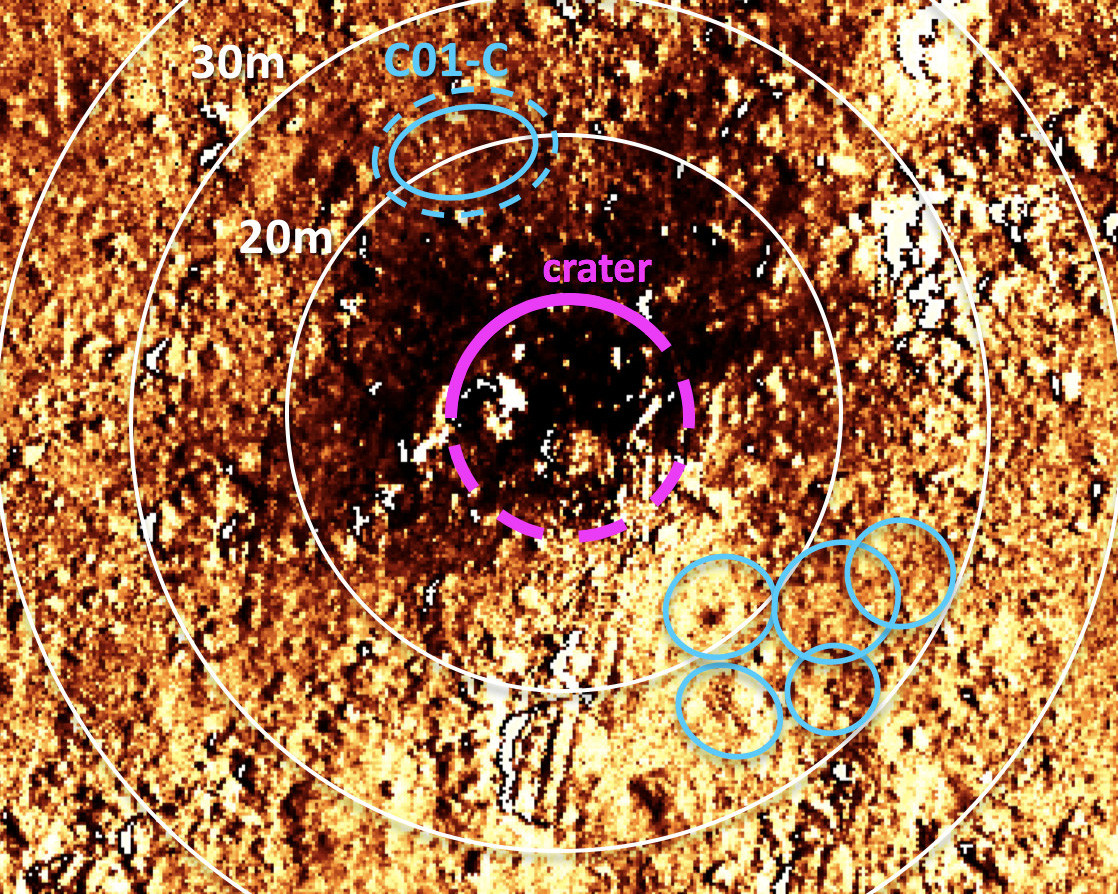The Hayabusa-2 automatic interplanetary station contacted Earth after the second successful landing on Ryugu asteroid and collecting samples of subsurface soil. This was stated in the Japan Aerospace Exploration Agency.
The ministry confirmed that the landing took place normally. The space probe smoothly descended into the crater formed after the explosion of a special block and lifted the particles of a celestial body on board. The success of the operation became known after the unit separated from Ryugu and transmitted data to the Flight Control Center.
- Asteroid Ryugu
- © @ haya2e_jaxa
“We have collected part of the history of the solar system. We first extracted material from the depths of a celestial body located farther from us than the moon. We were the first to succeed in the world, ”said project leader Yuichi Tsuda at a press conference.
The Hayabusa-2 mission to the Ryugu asteroid, located at a distance of about 300 million km from Earth, began in 2014. In the fall of 2018, the probe landed on the object of intelligence robots. In February of this year, the device made the first landing on an asteroid and took samples of surface soil.
On April 5, the Japanese probe “attacked” Ryugu with a shock module with explosives, while he himself took cover from debris on the other side of the asteroid. After a cloud of dust settled and a three-month wait, the device returned to the site of the explosion to collect the obtained samples.
“It is safe to say that materials near the crater are of extremely great interest,” Tsuda said before landing the probe.
The second landing of the Hayabusa-2 required additional training. The vehicle dropped two target designators on the asteroid, according to which it could navigate during landing.
- The landing site of the Hayabusa-2 probe in an artificial crater is marked with the symbols С01-С
- © JAXA
The process of reducing took about a day. As a result, the device landed about 20 meters from the center of the explosion on a small and most even part of the crater. According to scientists, it is a layer of particles extracted from the depths.
After a quick collection of samples, Hayabusa-2 left Ryuga. A few hours later, the first photographs that confirmed the success of the operation began to arrive on Earth.
- Landing on the asteroid Ryugu, taken with the probe camera
- © JAXA
At the end of 2020, the probe must return and drop to the Earth a fireproof capsule with samples that have not been exposed to sunlight and cosmic rays for billions of years. Scientists hope that the materials obtained will shed light on the mysteries of the birth of the solar system and the birth of life.
“I am really looking forward to analyzing these materials,” said mission manager Makoto Yoshikawa.
In case of successful completion of the operation, “Hayabusa-2” will become the seventh spacecraft that delivered space samples to Earth. From 2003 to 2010, his predecessor, the Hayabus probe, flew to the Itokawa asteroid and delivered a capsule with more than 1,500 particles of soil collected on the surface of a celestial body.

